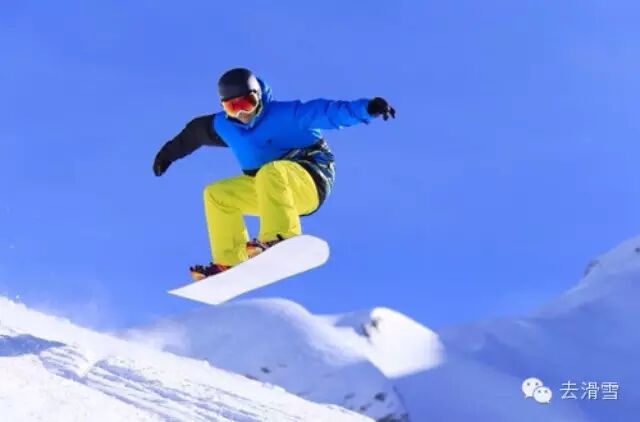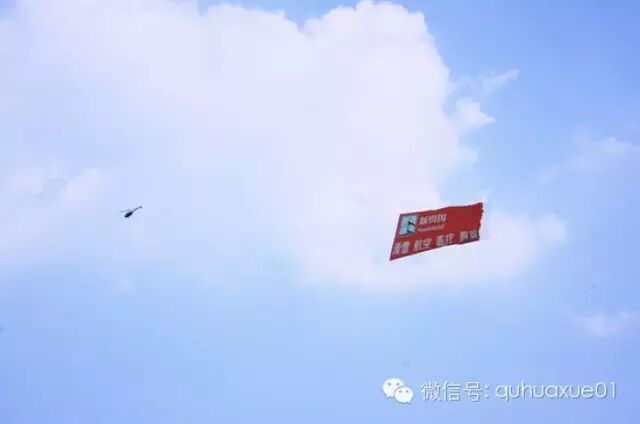Snowboarding terminology you definitely didn’t know
•25 min read

This technique is perfect for beginners. You don’t need to jump very high—actually, you don’t even have to jump at all! Before reaching the edge of the slope, if you’re a left-foot-forward rider performing a frontside 180, simply start by gently rotating your body and arms clockwise as you approach the lip. As soon as your body clears the edge, quickly reverse the direction—twisting your arms and torso counterclockwise. Since you’re only turning 180 degrees, you won’t need excessive rotational force to achieve the turn. When you land, your right foot will be forward, with your left foot trailing behind—a reverse landing position. On the other hand, a backside 180 involves the same basic motion but with a different directional twist. Interestingly, this reverse landing pattern also occurs during 540s and 900s.
360 Spin (including FS-360 Frontside 360 and BS-360 Backside 360)
Once you’ve mastered the 180-degree spin, keep going—continue rotating until you can complete a full 360-degree turn, with your board returning to its original position. Learning to perform a stationary 360 is actually no different from mastering any frontside or backside rotation. All you need to do is keep spinning steadily; as soon as your board points directly toward the mountain peak, that’s when you should stop—and it’s time to switch edges. From there, simply complete another half rotation, and voilà—you’ve executed a perfect 360! Additionally, you’ll want to refine your skills further by becoming equally comfortable turning both on the frontside edge and the backside edge.
If you’re afraid of falling, learning the 360-degree spin might be a bit challenging. Before attempting the 360, you’ll need to master the high-speed 180-degree spin first. A great way to practice the 360 is to start with a single 180-degree spin, immediately followed by another 180-degree spin right after. Here’s what I mean: execute a 180 at the peak of your jump, then complete another 180 just before landing. If you can perform this sequence smoothly and maintain the same speed throughout—both in the air and upon landing—it’s a clear sign that you’ve nailed the 360-degree spin.
As you glide toward the top of the slope, swing your arms in the opposite direction of the turn you want to make. Just as you reach the peak and your body is almost airborne, quickly bring your arms across to the other side of your body while twisting your head—this will naturally guide your legs into position. If you swing your arms with enough amplitude, executing a smooth 360-degree turn will become effortless.
When turning, avoid leaning your body backward. Many people tend to lose their balance after completing a 270-degree turn. That’s why mastering this technique requires consistent, repeated practice. And remember, don’t rush to show off in front of others—only reveal your skills once you’ve perfected the move, making sure it feels smooth and effortless!
A 360 forward-edge spin involves rotating toward the front edge, while a 360 back-edge spin naturally rotates toward the back edge. It doesn’t matter whether you’re skating with your left foot forward or your right foot forward—it’s the same either way.
Performing a smooth, 360-degree spin followed by a fluid landing looks far better than a sloppy spin quickly followed by a rushed touchdown. Interestingly, the landing still involves placing the left foot forward and the right foot back—this same foot placement occurs consistently during both the 720 and 1080 spins as well.
540/720/900/1080 rotations
In principle, all these basic spinning movements use the same technique—only the intensity of the turn before spinning and the direction of landing vary slightly.
Additionally, by adding some of the moves we’ve previously introduced—like grabbing the board or performing a backflip—to these fundamental spinning maneuvers, you can craft a wide variety of unique and dynamic tricks. After all, snowboarding is all about unleashing your imagination. Today, countless athletes around the world are still pushing boundaries, constantly striving to invent new, groundbreaking moves. Every top-level rider dreams of developing their own signature style—moves that are not only tough to learn but nearly impossible to copy. And that’s precisely what makes something "cool"—a quality deeply admired and pursued within snowboarding culture. So don’t wait—let your creativity soar! Who knows? That next epic, jaw-dropping trick could very well be YOUR creation!



